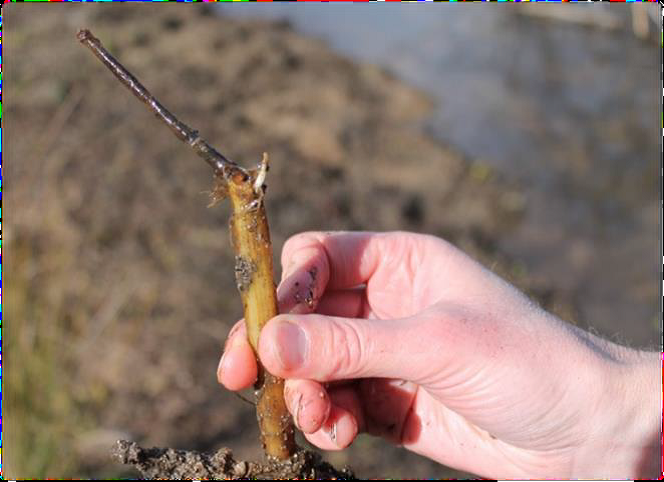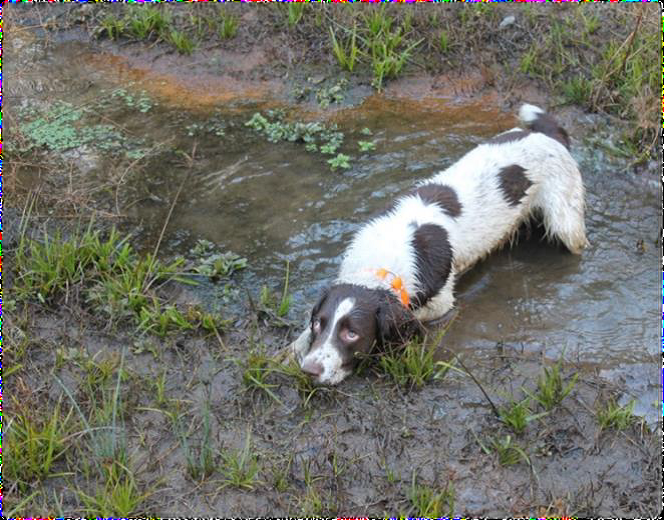Weed Spotter newsletter issue 21 — March 2018
That's not mukunu-wenna, it's alligator weed
In January 2018, a member of the public from Sydenham in Melbourne contacted Agriculture Victoria as they thought that they had alligator weed (Alternanthera philoxeroides) growing in their garden. They sent some good, clear photos to the Weed Spotter email address which enabled Agriculture Victoria staff to positively identify the plant. Officers then visited the property to treat the infestation and add the site to Agriculture Victoria's terrestrial alligator weed program.
So how did the alligator weed infest this garden? The land owners planted it in their garden in about 1990, thinking it was the Sri Lankan vegetable 'mukunu-wenna', an Alternanthera species closely related to alligator weed. However, the plant quickly began taking over the garden and they soon realised that it was a weed and not 'mukunu-wenna'. They tried to control it with herbicide but it kept growing back. Eventually, an internet search to try and identify the weed led them to Agriculture Victoria's website where they discovered images of alligator weed, which looked just like the plant in their back garden.
Many of the alligator weed infestations in suburban Melbourne gardens were planted by mistake during the 1990s as 'mukunu-wenna'. As highlighted in our last issue, during the 1990s and 2000s, Agriculture Victoria ran a successful engagement program to locate and treat these properties. It is believed that the majority of properties infested were identified through this engagement program, however occasionally new sites are detected, usually where alligator weed has spread from an existing infestation, rather than from being deliberately planted.
If alligator weed remains undetected and uncontrolled, it can spread by creeping along the ground and growing under fences to infest neighbouring properties. If fragments are washed into drains, it can end up in our creeks and rivers where it can then grow as an aquatic weed.
If you see alligator weed email weed.spotters@agriculture.vic.gov.au or call the Customer Service Centre on 136 186.
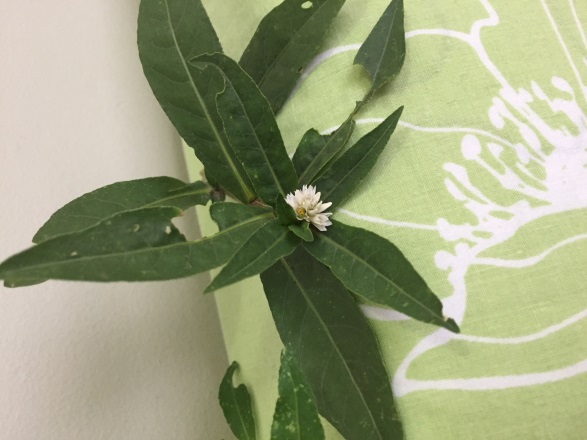
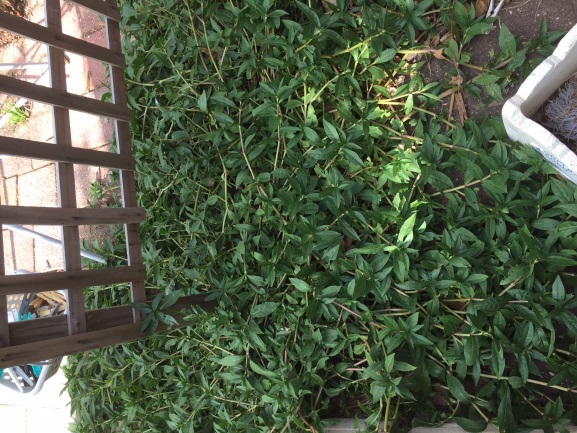
Ten years on from Victoria's worst Mexican feather grass outbreak
A decade ago, over 4000 Mexican feather grass (MFG) plants were distributed through Victorian retailers and sold as an ornamental grass. The weeds were planted in gardens throughout metropolitan Melbourne and beyond, reaching regional Victoria, New South Wales and the ACT.
The potential impact of MFG on Victoria's economy and environment is comparable to serrated tussock, widely regarded as Australia's worst pasture weed. Therefore, finding and eradicating these MFG plants has been a long-term goal of Agriculture Victoria, and considerable progress has been made.
From over 500 infestation sites identified from 2008 to 2010, less than 1 per cent of sites still had active infestations at the beginning of the 2017 to 2018 monitoring season. Within 5 years, it is anticipated that the majority of known MFG infestations relating to this event will be permanently eradicated.
Despite this success, it is likely that some undiscovered plants remain in the community and future infestations are still a risk. Ongoing vigilance is critical to completely eradicating the species from Victoria.
The following traits are characteristic of MFG:
- forms a dense upright tussock that grows to about 70cm high
- leaf blades are thin and fine, rolling smoothly between thumb and forefinger
- fine serrations, make the leaves feel coarse when sliding fingers down the length of the blade
- mature plants develop flower heads at the top of the tussock, with small (2 to 3mm) seeds that each have a distinctive bent tail (awn) about 5 to 9cm long. When clumped together these flowers resemble a large feather.
MFG's longer awns and feathery seed heads are key differences from the similar looking serrated tussock.
Read more about Mexican feather grass.
If you think you have seen Mexican feather grass email weed.spotters@agriculture.vic.gov.au or call the Customer Service Centre on 136 186.
Do not attempt to remove it yourself.
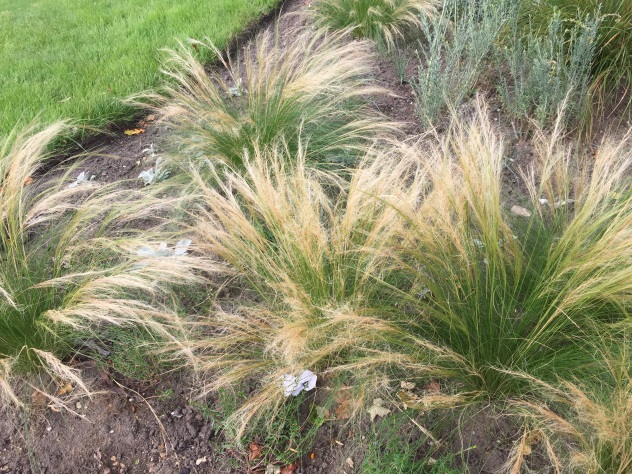
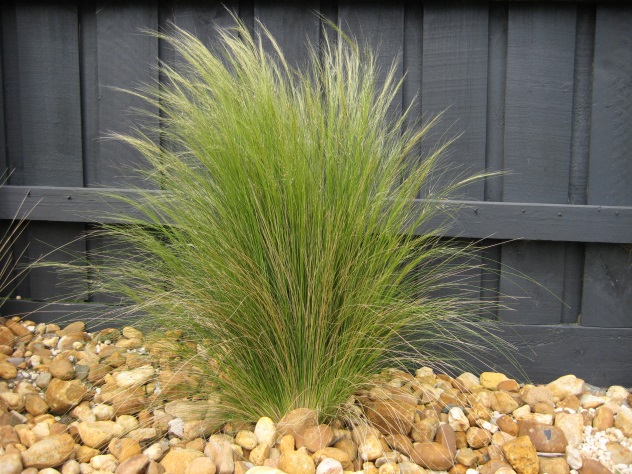
Perennial ragweed a looming agricultural and public health threat
The State prohibited weed perennial ragweed (Ambrosia psilostachya) is one of several Ambrosia species globally recognised among the most problematic invasive weeds. Native to North America, it now occurs on every continent and is a serious and widespread weed in Europe.
Perennial ragweed reduces crop and pasture productivity due to dense growth, inhibition of other plants and being unpalatable to grazing livestock. It also has highly allergenic pollen which poses a serious public health risk, affecting more than 15 million people in the United States and reaction rates are increasing as its European distribution is growing.
It is not currently known to occur in Victoria since eradication of small infestations from the Mallee in the 1960s. However, re-introduction from well-established NSW populations remains a threat. Small infestations also occur in South Australia, Queensland and Western Australia. Modelling based on land use, soil and climate suitability indicates that north-western Victoria, incorporating Mallee habitat and broadacre cropping and pasture land, appears at greatest risk of infestation. Perennial ragweed tends to establish in sandy soils and disturbed habitats, including agricultural land.
The species is perennial, as the name suggests, and produces few seed. This means that it grows during the spring and summer and then dies back over winter. Each year, new plants grow from the vigorous creeping underground root system. Roots from only a few plants can colonise areas greater than 100m2. Plants can establish in new areas when root fragments are transported in soil or by machinery.
Perennial ragweed is an erect herb (30 to 150cm tall) that grows in dense clumps. The hairy, grey-green leaves (5 to 12cm long) are ovate and deeply-lobed. Stems are also hairy and become woody at the base. Male and female flowers grow on the one plant, but the cream-coloured male flowers are most conspicuous, grouped inside heads attached at the top of stems.
If you think you have seen perennial ragweed email weed.spotters@agriculture.vic.gov.au or call the Customer Service Centre on 136 186.
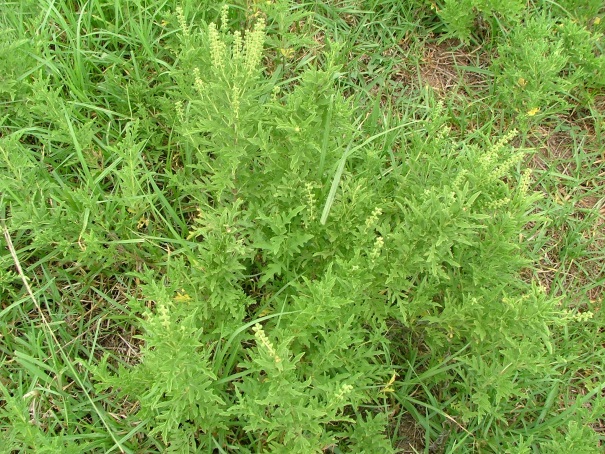
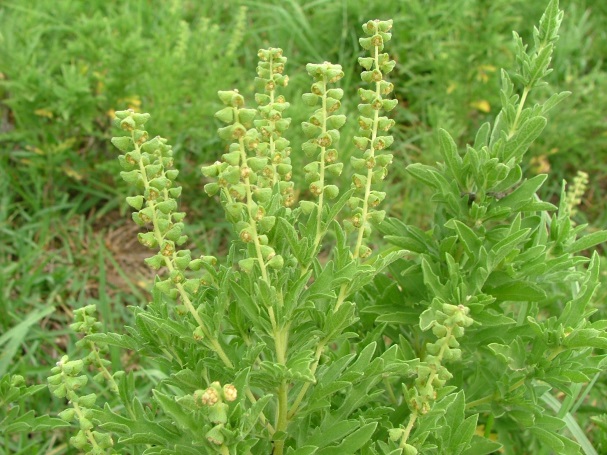
Spreading the word about online trade of noxious weeds
Online trade is an emerging national biosecurity challenge as it is increasingly becoming a major noxious weed pathway. Agriculture Victoria Leading Biosecurity Officer, Dr Zachariah Munakamwe recently attended the 19th New South Wales (NSW) Weeds Conference and presented a paper on illegal online trade of noxious weeds. The paper detailed Agriculture Victoria's project on detecting and responding to State prohibited weeds (SPW) in online trade.
Detections across the country
In 2016 and 2017, the project detected 26 online sellers offering the SPWs water hyacinth (Eichhornia crassipes) and salvinia (Salvinia molesta) in 5 states:
- Victoria
- New South Wales
- Western Australia
- South Australia
- Queensland.
This resulted in Agriculture Victoria seizing and destroying approximately 1500 water hyacinth plants across 9 separate Victorian locations in that period. All the detections were on 2 major online trading platforms.
Why NSW Weeds Conference?
Successful management of this complex pathway relies on interstate cooperation, as species advertised in online trade interstate can easily be posted into Victoria. The conference brought together a broad range of participants from various states and territories, providing an opportunity to inform participants on the importance of this emerging pathway and to increase participation on detecting and reporting high risk invasive plants.
Outcome
Within a few days of the conference, a conference participant reported salvinia advertised for sale on Facebook by a trader in NSW, with the report promptly followed up by NSW officers. This is just one example of how the conference provides an ideal platform for information sharing, networking and raising public awareness of high risk invasive plants.
Online trade of State prohibited weeds – what can you do
While Agriculture Victoria will continue to work with online trading sites to reduce the trade in invasive plants, you can help by keeping an eye out for SPWs when on websites such as Gumtree, eBay, Facebook and plant trading sites. Often invasive weeds can be listed under incorrect names or grouped with other plants, making detection more difficult.
Please report any suspected SPWs. Email the Weed Spotter email weed.spotters@agriculture.vic.gov.au or call the Customer Service Centre on 136 186.
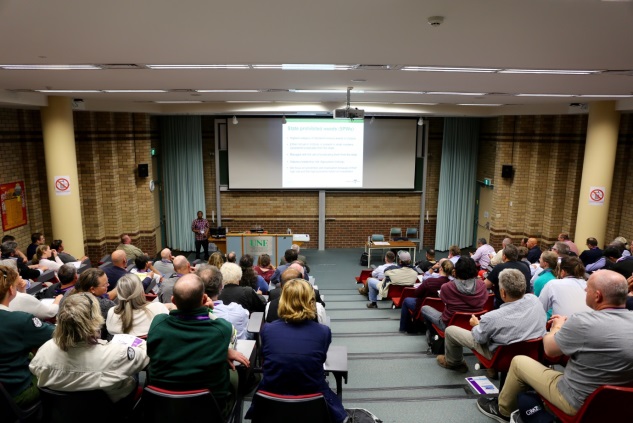
Weed eradication detector dogs detect alligator weed in NSW
Connor, the Weed Eradication Detector Dog (WEDD), has been assisting Agriculture Victoria and the Office of Environment and Heritage NSW (OEH) to detect hawkweed in the Victorian and NSW Alpine Regions. He has now turned his nose to alligator weed.
Alligator weed (Alternanthera philoxeroides) was believed to be first introduced to the site, an artificial lake near Woomargama in southern NSW, in the late 1960s. From there it spread along nearby Mountain Creek and has been managed with mechanical and chemical control since it was first reported in 1970. Control and human surveillance over the years has not completely eradicated the infestation, although there have been consecutive years of nil growth from time to time. To successfully eradicate alligator weed from this site, every last plant fragment needs to be found — and that's where Connor comes into play.
Connor has been trained to detect alligator weed plant material as part of an OEH project Trialling NSW WEDD to detect new incursions of State prohibited weeds, funded through the NSW Weeds Action Program.
His training started on alligator weed plant fragments carefully placed in controlled environments. This proved that he could detect alligator weed and distinguish it from other species.
In February 2017, it was time to determine whether Connor could detect alligator weed scent in a 'real life' situation, so a stem fragment was sourced from the creek and placed in the tree line away from the infestation. Connor was instructed to 'find the weed' and he found the fragment within minutes.
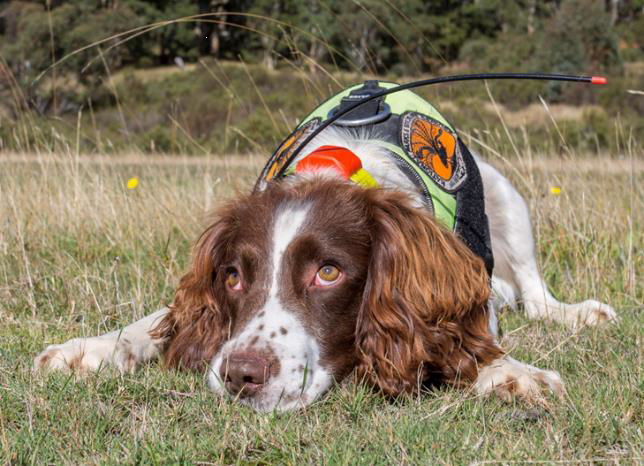
Photo ANN Jones— ABC Off-Track
In July 2017, Connor returned to the site with his handler after all known plants in the infestation had been treated. Once managers believed that all alligator weed plant material had been killed, Conner surveyed the known infested area to check the success of the control measures, and Connor found alligator weed.
This is a really positive result, as it means that trained dogs have the potential to support and strengthen existing alligator weed eradication programs into the future.
